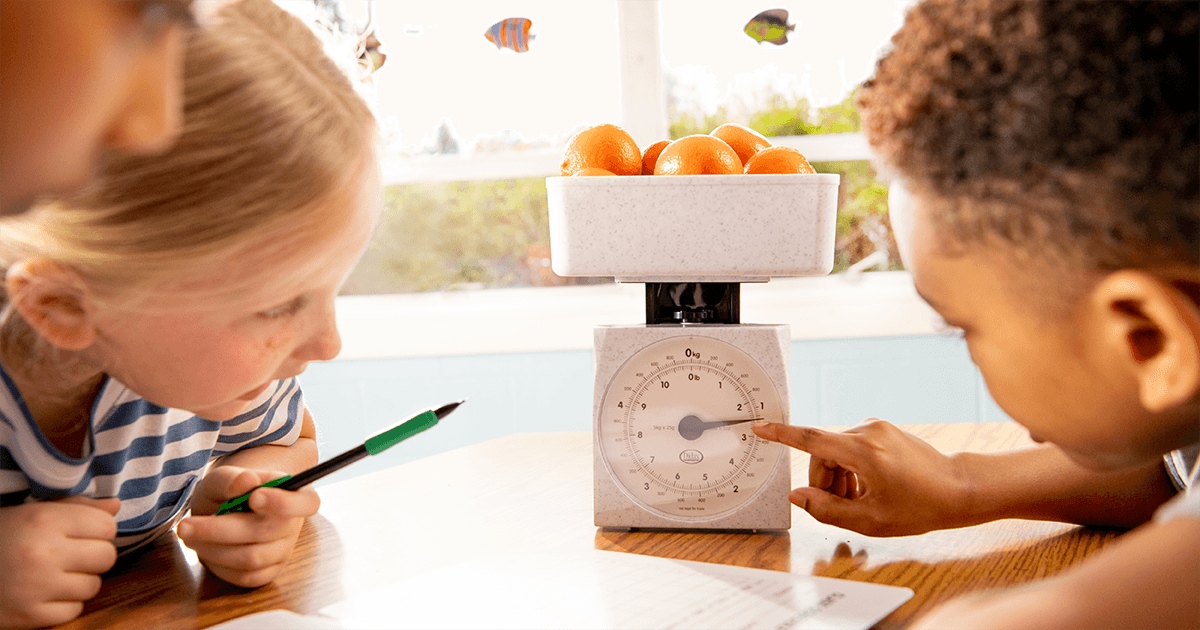Posted in: Aha! Blog > Eureka Math Blog > Instructional Design > The Value of Think Time
STRATEGIES
As teachers we are pressed for time. We have what seems like a week’s worth of material in front of us and only an hour to teach it. There is a fine line between getting through the material and teaching the material (and teaching it well). What often happens, at least in my classroom, is that the pressure I feel to “get through” the curriculum leads me to put pressure on my students, cutting down on their think time. This is when I end up giving away answers for free (well, you know what I mean), and this can get us into some trouble down the road. So, how can we consciously create more space for think time?

WHAT IS “THINK TIME”?
Think time is so much more than just a pause before calling on a student. When executed carefully and used as a procedure in your classroom, think time can be a time:
- that sets high expectations for all students to participate.
- for daily scaffolding, e.g, an opportunity for the struggling student to engage, or for the excelling student to be challenged.
- that helps create a safe environment for all students to respond.
- Let’s talk about how to make this happen.
SETTING HIGH EXPECTATIONS
Struggling students often disengage when faced with challenging material or fall into a pattern of giving up before the question is even asked. During think time these students may pretend to be thinking, but many times they are just waiting for someone else to speak up. By maintaining a strong think time procedure, your struggling students are held to a high standard. On the flip-side, it is important to remember that even your brightest scholars need time to think and process. By allowing your excelling learners ample think time you are enabling them to arrive at an answer that they can support with reason and deep understanding, as opposed to just “knowing.” Think time can be used to send a strong message to your class about what you believe they can do. Hold each student accountable during think time by expecting an answer from every single one of them.
THINK TIME FOR EXCELLING LEARNERS
One year that I taught first grade I found myself with 4 students that excelled in math beyond my wildest dreams. One of my first grade students calculated the distance to school each morning by counting steps (and converting to feet). I also had 3 others who were multiplying and dividing. So, what was I to do? I integrated differentiation into my think time. For example, when counting whole class the Say Ten way on the Rekenrek, I would turn to my group of 4 excelling students and whisper, “Each bead is worth 7.” Instead of counting by ones, these students counted by sevens. When I would ask a whole class question such as, “How many beads do you see?” I would quickly turn to my small group and whisper “3!” to indicate that each bead was a unit of 3. After signaling for a whole class response, I signaled again for my small group. Developing these procedures required some extra time but the actual problems are often embedded within the Eureka Math curriculum. I used the “Notes on” boxes for scaffolding and extension ideas as well as the suggested sequences. Anytime you ask a question you can build in a scaffold for strugglers or an extension for excelling learners. For example, when adding to the ten:
T: How many does 8 need to make 10? Give me a thumbs up when you’re ready.
T: (Quietly to excelling group.) Your number is 38.
And those students will be adding to the next ten (at 40). Again, this requires some planning, but really only at first. After I had been with these students for a few weeks and I was more accustomed to utilizing this particular tool from the curriculum I was able to differentiate on the fly that way.
SCAFFOLDING DURING THINK TIME
Let’s go back to how to scaffold during think time. During the same year I had 4 math superstars, I also had one particular student whose struggles manifested in extreme performance anxiety to that point that she preferred to be under the table or in the bathroom rather than participating. One way I made math more comfortable for her was to send home some key questions that she could think about with her mom. Doing this gave her the extended time she needed to find the answers. Then the next day, after asking a question that she had worked on at home, I would wait for her signal to me. If she wanted to share she would nod and I would call on her. You may be asking, isn’t that sort of cheating? I don’t believe it is. After many months of preparing in advance she built up her courage to share in front of the class. She began feeling confident enough to share her thoughts. I was able to provide less and less of that scaffolding as the year went on.
CREATING A WELCOMING ENVIRONMENT
Now for the final piece: creating a welcoming environment. In order to implement think time well you must teach it as a procedure. In the first weeks of school, when you are teaching how to line up, use the hall pass, sharpen pencils etc. you will also teach think time. You will tell your students that when you ask a question you expect everyone to have an answer. You will tell them that not every answer will be correct and that is OK. You will tell them that the goal is a classroom full of thinkers, because those that think, learn. And then you will practice. Ask a question and wait for all hands to go up. Do not give your signal before you have all the students’ hands up. In the beginning this may be uncomfortable and you may have to chat one-on-one with students who test you, but in the end, if you stick it out, you WILL have students who think each time you ask a question. This leads to creating a welcoming environment. Your students will learn to respect each other’s efforts for trying, and in turn they will be less scared to take risks sharing answers.
Think time, when implemented thoughtfully, can be a very powerful moment in each student’s day. Think time can become the moment when all students are engaged, excited, and working hard. Some of the best moments in my classroom have been silent moments, right after asking a question when the energy of thought is palpable. The class becomes a community, working toward the same goal, but each member at his/her own level. It can be a moment of both independence and teamwork. I hope that I have begun to uncover how think time can be so much more than you ever thought. For those of you that wish to learn more about this topic, we at Eureka Math currently offer two professional development sessions devoted to differentiation. Those sessions are named “Focus on Fluency” and “Prep and Customization” and you can learn more about them here.
This post is authored by Eureka Math teacher-writer, Jessa Woods.
© Great Minds 2016
Submit the Form to Print

Great Minds
Great Minds PBC is a public benefit corporation and a subsidiary of Great Minds, a nonprofit organization. A group of education leaders founded Great Minds® in 2007 to advocate for a more content-rich, comprehensive education for all children. In pursuit of that mission, Great Minds brings together teachers and scholars to create exemplary instructional materials that provide joyful rigor to learning, spark and reward curiosity, and impart knowledge with equal parts delight.
Topics: Instructional Design











